Thank You for Your Help Letter Template
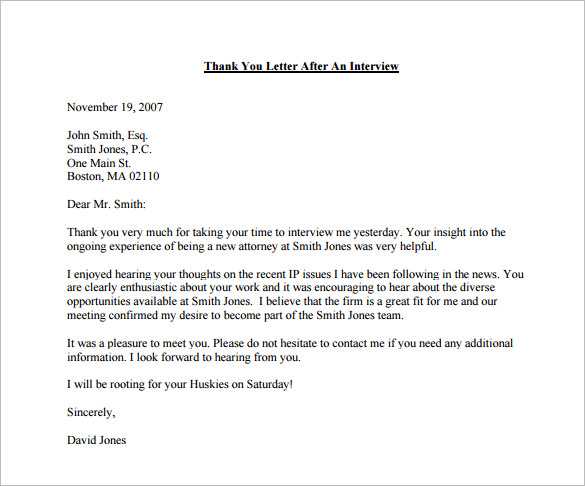
When someone offers support or assistance, acknowledging their efforts with a written expression of appreciation is essential. A well-crafted message not only strengthens relationships but also conveys sincerity and respect. In a professional or personal setting, taking the time to convey gratitude can leave a lasting impression.
Crafting a meaningful note requires a thoughtful approach, ensuring the right tone and wording are used. By focusing on the specific actions or qualities of the individual, a message can feel more personal and genuine. Whether it’s for a colleague, friend, or someone who has gone above and beyond, expressing thanks appropriately enhances the bond between individuals.
Composing a meaningful acknowledgment is an art that should reflect both respect and consideration. The intention is not only to express appreciation but also to acknowledge the impact of the other person’s contribution. This simple act of recognition can foster goodwill and encourage continued collaboration or support.
How to Write a Grateful Letter
Composing a note of appreciation involves carefully choosing words that reflect sincere acknowledgment. The purpose is to convey genuine gratitude in a manner that resonates with the recipient, leaving them with a positive impression. Below are key steps to consider when crafting such a message.
- Be Specific – Highlight particular actions or qualities that made an impact. Mentioning specifics shows attentiveness and makes the message feel more personal.
- Use a Warm Tone – The tone should reflect both warmth and respect. A balanced approach will ensure the message feels both professional and sincere.
- Keep it Concise – While it’s important to express appreciation fully, brevity enhances the clarity and effectiveness of the message. Focus on quality over quantity.
- Avoid Overly Formal Language – Use language that is natural and relatable. Avoiding stiff or overly formal phrasing makes the note feel more genuine.
- Close with Gratitude – End the message with a sentence that reinforces your appreciation. A thoughtful closing leaves a lasting impression.
By following these steps, anyone can write a meaningful and effective note that shows true recognition for someone’s support or contribution.
When Should You Send a Thank You Note
Knowing the right moment to express appreciation can enhance the impact of your message. A well-timed note can solidify relationships, show professionalism, and demonstrate respect. Recognizing the right circumstances to send a note is just as important as the content itself.
Common Situations for Sending an Acknowledgment
Several situations naturally call for expressing gratitude. Below are examples of when it’s appropriate to send a message of recognition:
| Situation | Reason to Express Appreciation |
|---|---|
| After a Meeting | To show appreciation for the time and insights shared |
| Following a Favor | To acknowledge someone’s assistance or support |
| After a Job Interview | To thank the interviewer for their time and consideration |
| Upon Receiving a Gift | To express gratitude for the thoughtful gesture |
| After Collaborating on a Project | To recognize contributions and teamwork |
Timing Matters
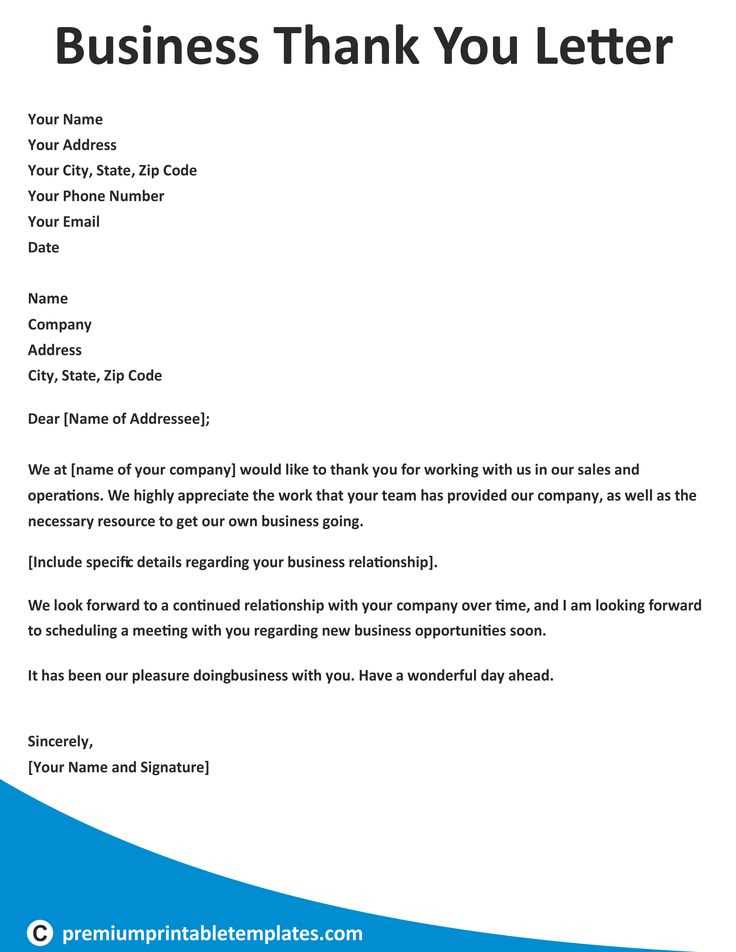
Sending a message promptly after the event or gesture makes your appreciation feel more genuine. A timely note demonstrates attentiveness and leaves a lasting positive impression. Ideally, try to send a note within a few days of the occurrence to ensure it is timely and relevant.
Essential Components of a Help Letter
Crafting an effective note requires careful consideration of its key elements. Each component should serve a specific purpose, ensuring that the message feels sincere, clear, and impactful. Understanding these essential parts will help you communicate appreciation more meaningfully.
- Opening Statement – Start by acknowledging the person or situation. A warm greeting sets the tone for the rest of the message.
- Expression of Gratitude – This is the core of the message, where you articulate what you appreciate and why. Be specific about the actions or efforts that made an impact.
- Details of the Impact – Describe how their actions affected you or others. Adding this detail personalizes the message and demonstrates genuine recognition.
- Closing Remarks – End the note by reiterating your appreciation and expressing goodwill. A thoughtful conclusion strengthens the message’s sincerity.
By focusing on these core elements, you ensure the message is both meaningful and impactful, leaving a lasting impression on the recipient.
Creative Examples of Appreciation Messages
Expressing gratitude in a unique way can make your message stand out. By using creative phrasing and thoughtful language, you can convey your feelings in a memorable manner. Here are some examples that can serve as inspiration for writing your own distinctive notes of recognition.
- Example 1: “The support you provided made a world of difference, and I am genuinely grateful for the positive impact you’ve had on this project.”
- Example 2: “Your kindness and willingness to step in when needed truly speak volumes. I can’t express enough how much it meant to me.”
- Example 3: “I deeply appreciate the time and effort you’ve dedicated to ensuring things run smoothly. It’s a privilege to have someone so reliable in my corner.”
- Example 4: “What you’ve done didn’t go unnoticed – your commitment has made all the difference in our work together. I truly appreciate it.”
- Example 5: “From the bottom of my heart, I thank you for everything. Your thoughtful approach and actions have not only helped me but also inspired others around you.”
By drawing inspiration from these examples, you can create a personalized and creative note that feels genuine and conveys appreciation in a meaningful way.
Customizing Your Letter of Gratitude
Personalization is key to making a message truly meaningful. When writing a note of appreciation, it’s important to tailor it to the recipient and the specific situation. A customized message shows thoughtfulness and makes the recipient feel valued.
Incorporating Specific Details
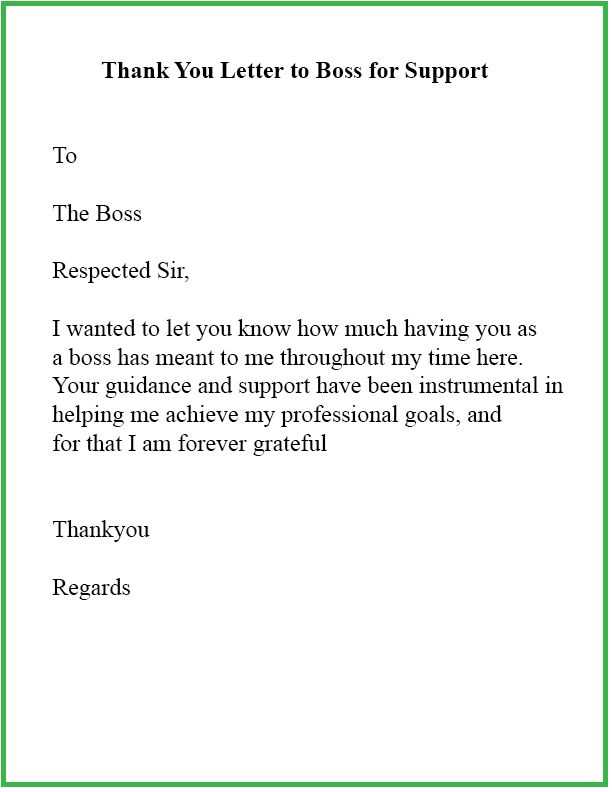
Including particular actions, gestures, or qualities that made a difference demonstrates that you are genuinely attentive. Reference the recipient’s contributions and explain how they impacted you or the situation. This will make the message feel more personal and sincere.
Adjusting the Tone to Fit the Relationship
The tone should reflect the nature of your relationship with the recipient. Whether formal or informal, the wording should match the context. For a colleague, maintain professionalism, while a more relaxed tone might be appropriate for a close friend.
By personalizing the content and tone, you ensure the message not only expresses gratitude but also strengthens the bond between you and the recipient.
Avoiding Pitfalls in Thank You Notes
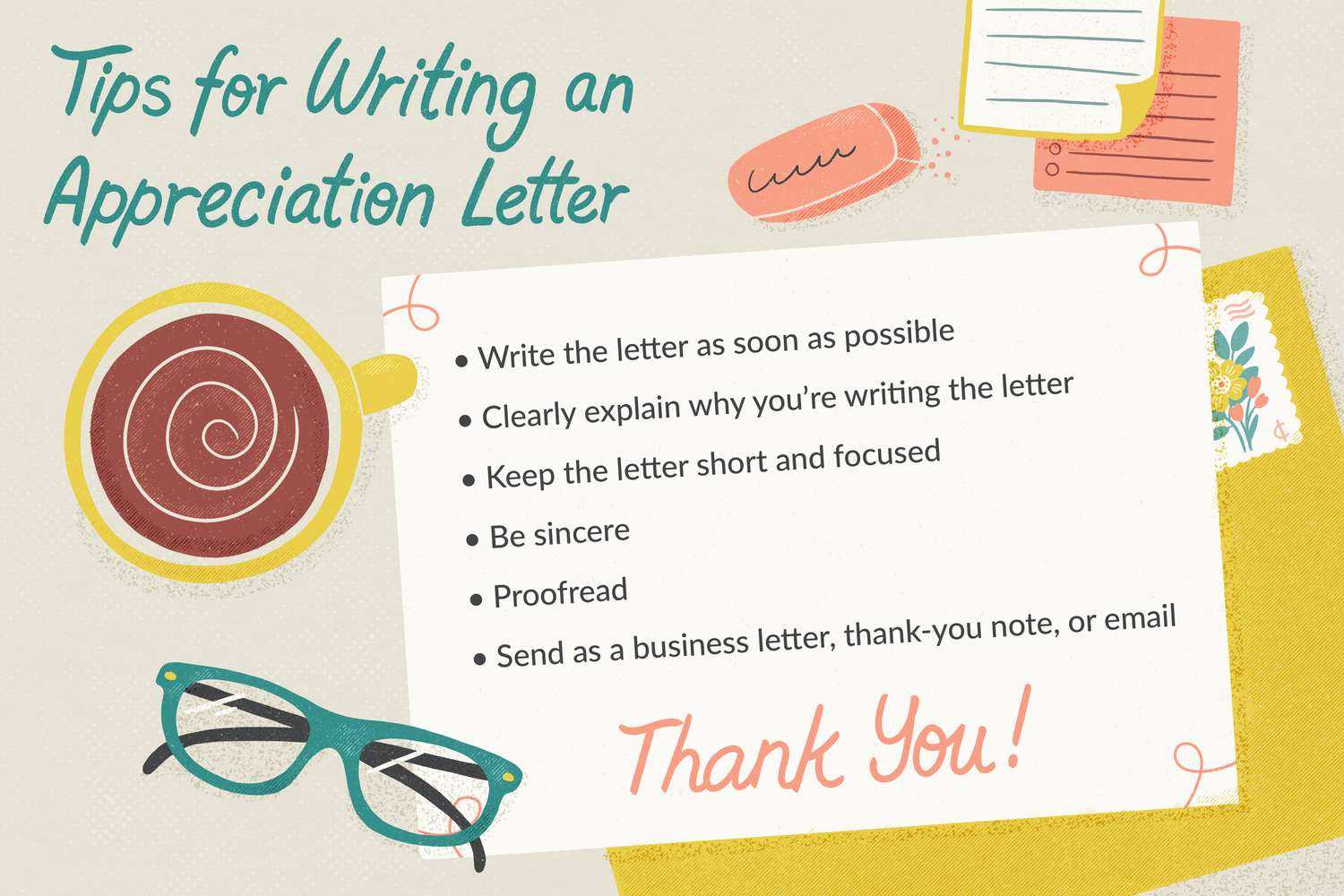
While expressing gratitude is important, it’s equally crucial to avoid common mistakes that could diminish the impact of your message. A poorly worded or rushed note may unintentionally come across as insincere. Understanding what to avoid will help you craft a thoughtful and effective message.
Overly Generic Phrases
Using vague or overused expressions can make your message feel impersonal. Phrases like “I appreciate it” or “It means a lot” may sound nice but don’t convey the depth of your gratitude. Instead, be specific about what you are thankful for and why it matters to you.
Too Much Formality
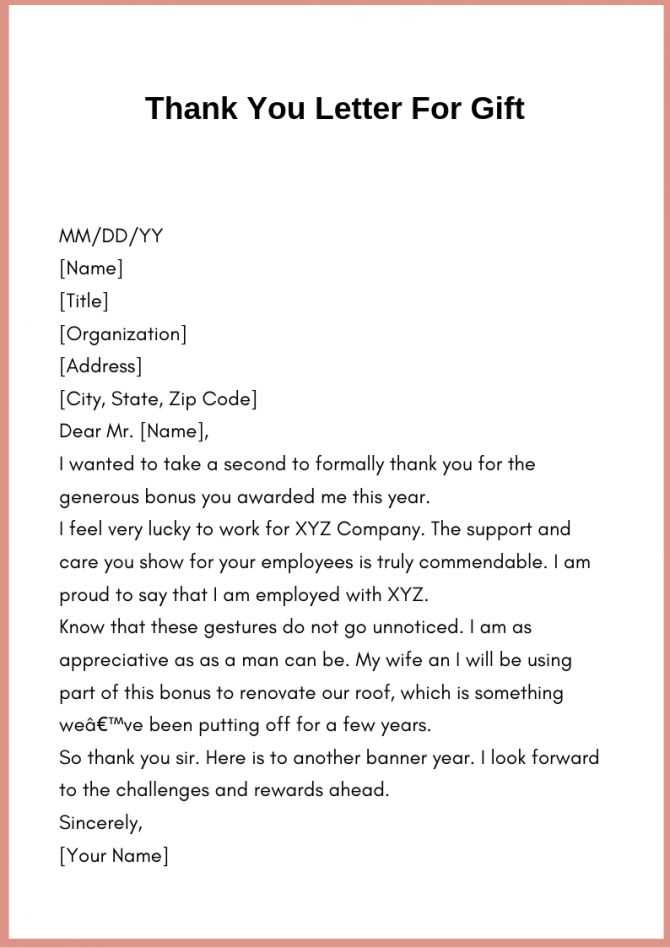
While maintaining respect is important, over-formalizing the tone can make the note feel stiff or distant. A balance of warmth and professionalism is key to ensuring the message feels both genuine and approachable.
By being mindful of these potential pitfalls, you can ensure your expression of appreciation comes across as both thoughtful and heartfelt, strengthening your connection with the recipient.
Best Practices for Sending Letters
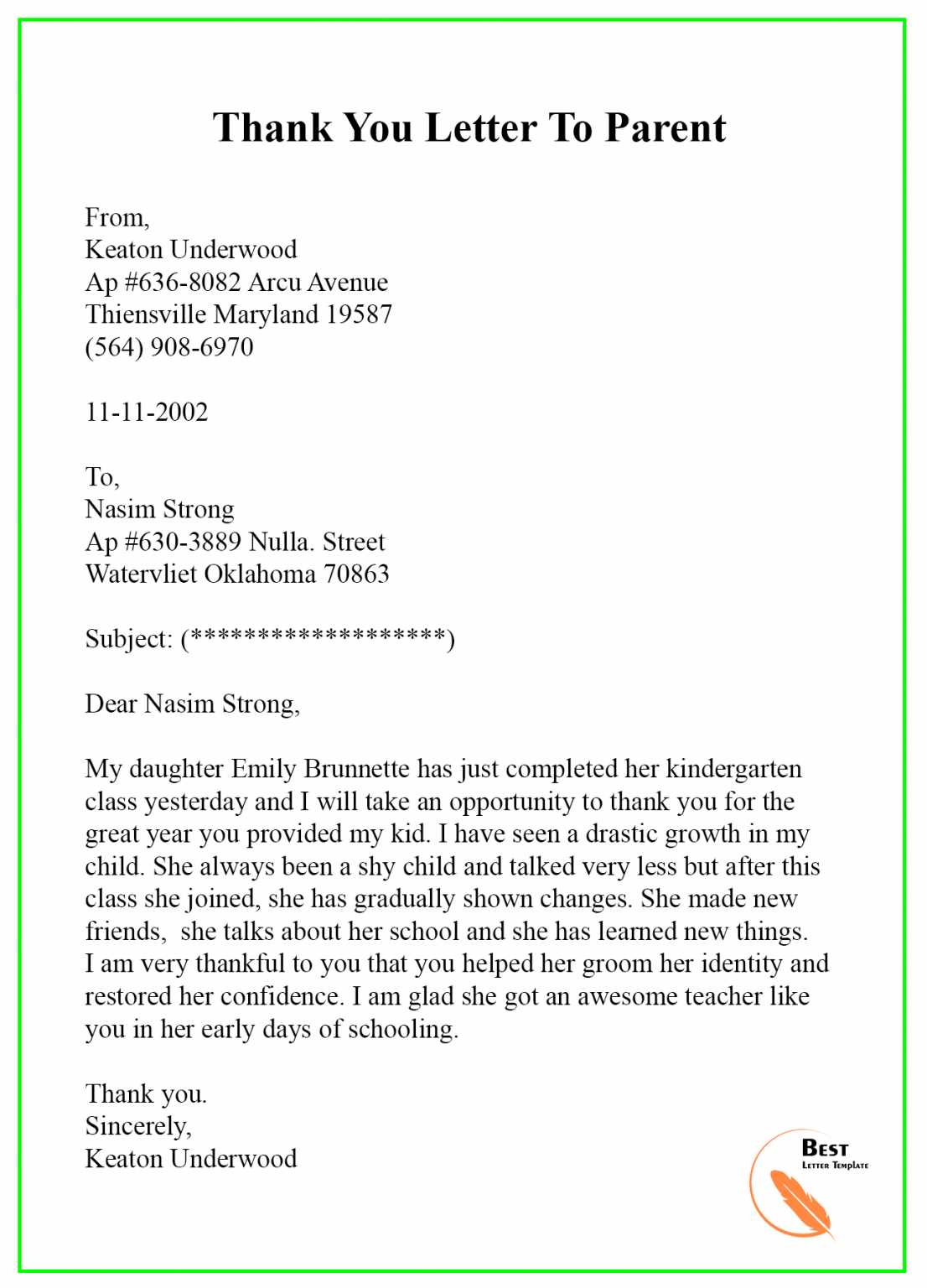
Ensuring the proper delivery of a message is as important as the content itself. A thoughtful and well-timed note can have a significant impact, but the way it is sent plays a key role in its effectiveness. Here are some best practices to consider when sending a message of appreciation.
Choose the Right Medium
Depending on the situation, choose the most appropriate way to send your message. An email may be suitable for professional communication, while a handwritten note can feel more personal and meaningful. The medium you select should match the context and relationship.
Timeliness Matters
Sending a message promptly is crucial to ensuring that it remains relevant. Ideally, express your gratitude within a few days of the event or gesture to ensure it feels timely. Delayed responses may seem less genuine or thoughtful.
Personalize the Delivery – Whenever possible, ensure the note reaches the recipient in a way that aligns with their preferences. If they prefer digital communication, send an email. If they enjoy handwritten notes, take the time to mail one. This shows extra consideration and attention to detail.
Double-check for Errors – Before sending, ensure that your message is clear and free from any mistakes. Small errors can detract from the sincerity and professionalism of your communication.